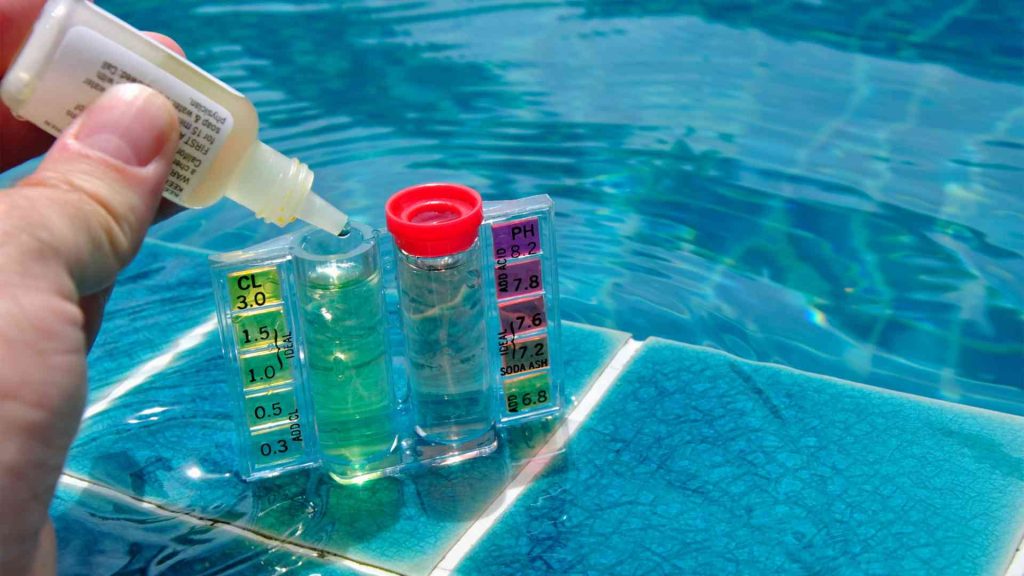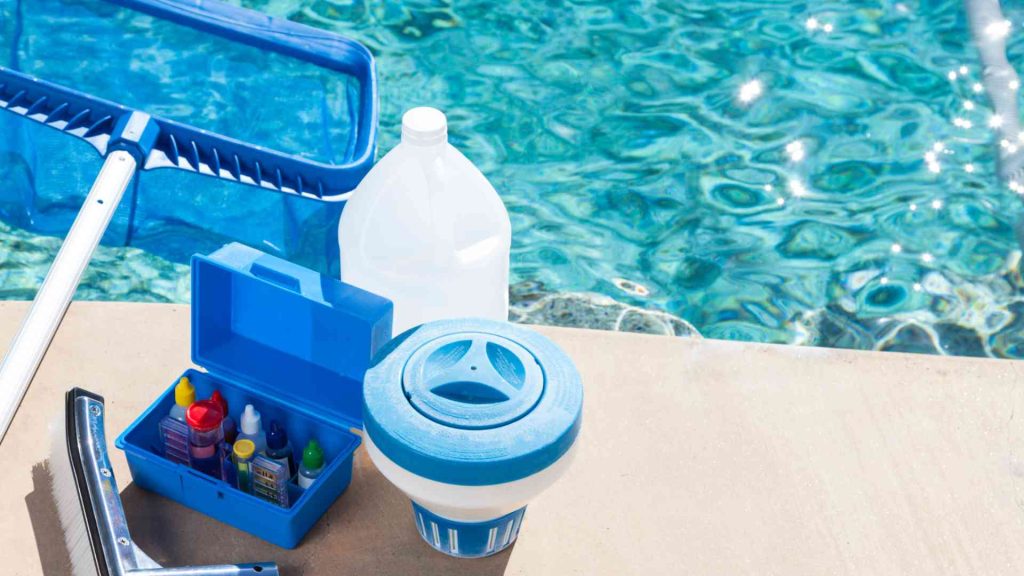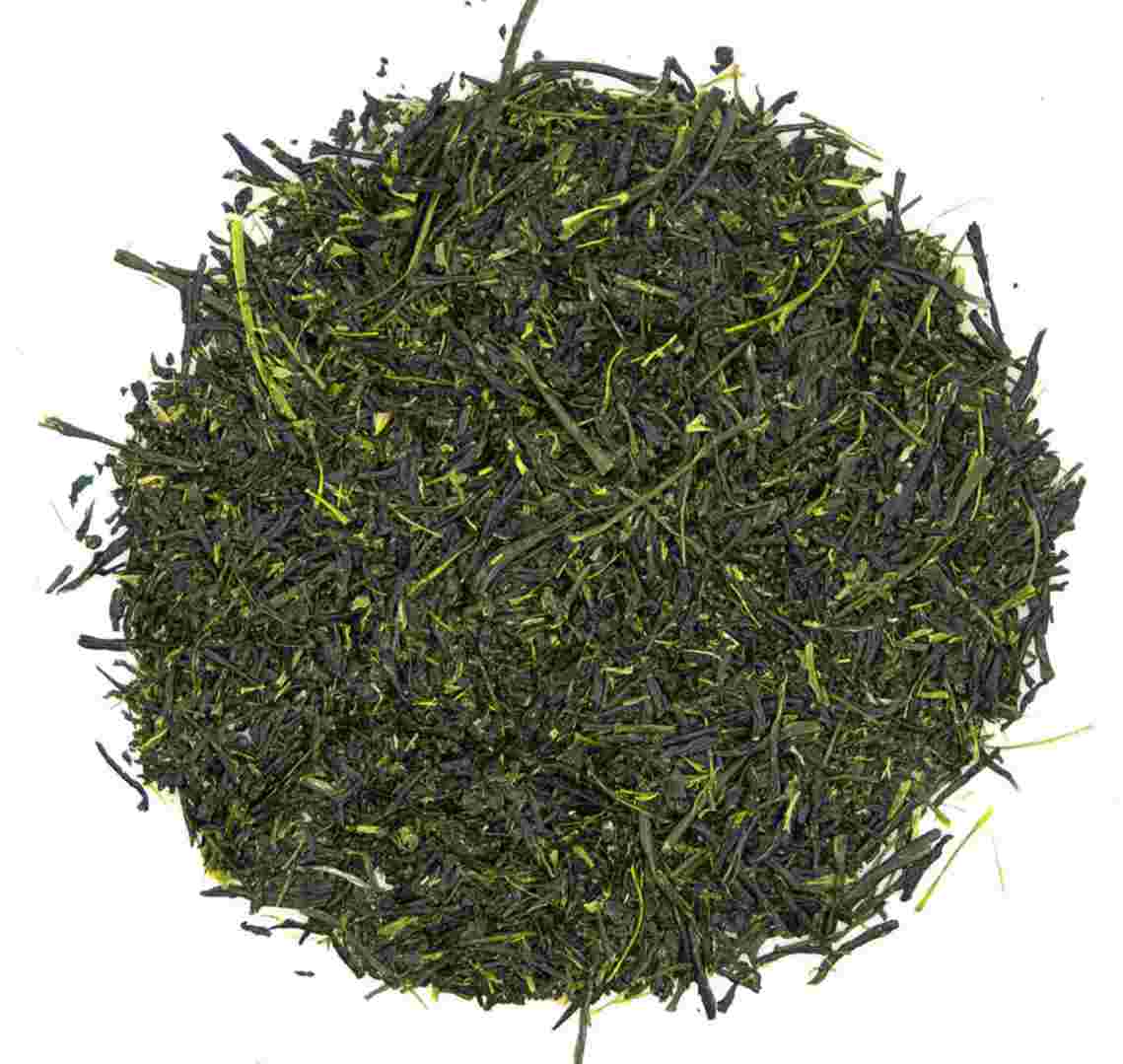Maintaining a balanced pool requires understanding the essential chemicals that keep water safe, clear, and gentle on equipment. From sanitizers that eliminate pathogens to stabilizers that protect against Australia’s intense UV radiation, each chemical plays a distinct role. This guide demystifies pool chemistry, outlining the must-have products for every Australian pool owner and explaining how to use them effectively while avoiding common pitfalls.
Essential Pool Chemicals and Their Roles
A well-maintained pool relies on seven core chemicals, each addressing specific aspects of water quality. Neglecting any component risks algae outbreaks, equipment corrosion, or uncomfortable swimming conditions.
1. Sanitizers: Chlorine and Alternatives
Purpose: Destroy bacteria, viruses, and organic contaminants.
- Liquid Chlorine (Sodium Hypochlorite): Fast-acting and ideal for shock treatments. Maintains 2–3 ppm (parts per million) in standard pools.
- Stabilized Chlorine Tablets (Trichlor): Slow-dissolving for consistent sanitation. Contains cyanuric acid to shield chlorine from UV degradation.
- Calcium Hypochlorite: Granular shock for severe algae blooms. Raises calcium hardness, making it unsuitable for concrete pools.
- Saltwater Chlorinators: Generate chlorine from salt, eliminating manual dosing. Requires 3,000–6,000 ppm salt concentration.
Alternative: Bromine suits spas and indoor pools, remaining effective at higher temperatures but costing 30–50% more than chlorine.
2. pH Adjusters
Purpose: Maintain water acidity/alkalinity between 7.2–7.6 to prevent irritation and equipment damage.
- pH Increaser (Sodium Carbonate): Raises low pH caused by rainwater or chlorine tablets. Add 450 g per 50,000 litres to lift pH by 0.2.
- pH Decreaser (Dry Acid/Muriatic Acid): Lowers high pH from tap water or salt chlorination. Use 500 mL muriatic acid per 50,000 litres to drop pH by 0.4.
3. Alkalinity Balancers
Purpose: Stabilize pH fluctuations.
- Alkalinity Increaser (Sodium Bicarbonate): Targets levels below 80 ppm. Add 1.5 kg per 50,000 litres to raise alkalinity by 10 ppm.
- Alkalinity Decreaser (Dry Acid): Reduces levels above 120 ppm. Often doubles as pH decreaser.
4. Calcium Hardness Adjusters
Purpose: Prevent plaster erosion or scaling.
- Calcium Chloride: Increases hardness in fibreglass or vinyl pools below 150 ppm.
- Scale Inhibitors: Chelating agents for concrete pools in hard water areas (>400 ppm calcium).
5. Stabilizers (Cyanuric Acid)
Purpose: Protect chlorine from UV breakdown.
- Cyanuric Acid Granules: Maintain 30–50 ppm. Add 1.5 kg per 50,000 litres to increase by 30 ppm.
6. Algaecides
Purpose: Prevent and treat algae growth.
- Quaternary Ammonium Compounds (Quats): Weekly preventive dose at 150 mL per 50,000 litres.
- Polymeric Biguanide: Chlorine-free option for sensitive skin. Requires separate filtration.
7. Clarifiers and Flocculants
Purpose: Restore clarity to cloudy water.
- Polymer Clarifiers: Clump fine particles for filter removal. Dose 250 mL per 50,000 litres.
- Aluminium Sulfate Floc: Sinks particles for vacuuming. Requires pump shutdown for 12–24 hours.

Chemical Safety: Non-Negotiable Practices
Pool chemicals demand respect—improper handling risks fires, toxic gas release, or severe burns. Follow these protocols:
Storage Guidelines
- Separate Incompatibles: Store chlorine and acid at least 2 metres apart. Never share containers.
- Ventilated Areas: Use locked cabinets away from sunlight and humidity.
- Original Packaging: Never transfer chemicals to unmarked containers.
Application Rules
- Pre-Dilution: Mix concentrated acids/bases in a bucket of water before adding to the pool.
- Order of Addition:
- Adjust alkalinity first.
- Balance pH.
- Add sanitizers and algaecides last.
Never Mix Dry Chemicals: Combining chlorine and acid creates deadly chlorine gas.
Protective Gear
- Gloves: Nitrile for acids, rubber for chlorine.
- Goggles: Splash-proof with side shields.
- Respirator: N95 mask when handling powders.
Water Testing: The Foundation of Chemical Management
Weekly testing using liquid kits or digital testers ensures precise dosing:
Key Parameters
Parameter
Ideal Range
Adjustment Chemical
Free Chlorine
1–3 ppm
Chlorine tablets/shock
pH
7.2–7.6
pH increaser/decreaser
Total Alkalinity
80–120 ppm
Sodium bicarbonate/acid
Calcium Hardness
200–400 ppm
Calcium chloride/scale remover
Cyanuric Acid
30–50 ppm
Stabilizer granules
Testing Tips
- Sample Depth: Collect water 45 cm below the surface, away from return jets.
- Morning Tests: Nighttime chemical reactions stabilize by dawn.
- Post-Storm Checks: Heavy rain dilutes chemicals—rebalance within 24 hours.

Chemical Regimens by Pool Type
Concrete Pools
- Priority: Calcium hardness (250–350 ppm) to prevent plaster erosion.
- Monthly: Sequestering agents to prevent metal stains.
Fibreglass Pools
- Avoid: Calcium hypochlorite—opt for liquid chlorine to prevent surface etching.
- Weekly: Non-foaming algaecides to protect the gelcoat.
Vinyl-Lined Pools
- Critical: pH below 7.6 to prevent liner brittleness.
- Quarterly: Enzyme treatments to dissolve oils trapped in wrinkles.
Saltwater Pools
- Monitor: Chlorine generator cells for scale—clean with 4:1 water-acid solution.
- Annual: Borate addition (30–50 ppm) to stabilise pH and enhance clarity.
Addressing Common Water Issues Green Water (Algae)
- Brush walls and floor to disrupt biofilm.
- Shock with 10x regular chlorine dose (20–30 ppm).
- Flocculant to settle dead algae.
- Vacuum to waste without filtering.
Cloudy Water
- Test and balance pH/alkalinity.
- Backwash/clean filter.
- Clarifier dose followed by 12-hour filtration.
Scaling (White Deposits)
- Lower pH to 7.0–7.2 for 48 hours.
- Brush affected areas.
- Add sequestrant to inhibit calcium crystal formation.
Chlorine Smell (Chloramines)
- Shock to break down combined chlorine.
- Increase stabilizer if cyanuric acid <30 ppm.
Seasonal Adjustments for Australian Climates Summer
- Chlorine: Boost to 3–4 ppm; UV radiation degrades 90% faster.
- Stabilizer: Check monthly—top up to 50 ppm if needed.
- Calcium: Monitor evaporation; refill with softened water to prevent scaling.
Autumn
- Phosphate Removers: Apply pre-leaf drop to starve algae.
- Cover: Install after balancing to reduce debris and chemical loss.
Winter
- Chlorine: Reduce to 1–2 ppm; lower temperatures slow bacteria.
- Algaecide: Switch to copper-based formulas for cold-water efficacy.
Spring
- Open with a Shock: Oxidize winter contaminants.
- Filter Clean: Soak cartridges in TSP (trisodium phosphate) overnight.
Cost-Saving Chemical Strategies Bulk Purchasing
- Chlorine: 20 L liquid jugs save 25% versus 4 L bottles.
- pH Adjusters: 25 kg soda ash bags cost 40% less per kilogram.
Energy-Efficient Alternatives
- Salt Systems: Reduce chlorine purchases by 80% after initial setup.
- Variable-Speed Pumps: Cut filtration runtime costs by 70%.
Preventative Measures
- Solar Covers: Reduce chlorine loss by 50–60%.
- Weekly Brushing: Eliminates biofilm, cutting algaecide use by half.
Conclusion
Determining which chemicals your pool needs hinges on regular testing, understanding local water conditions, and adapting to seasonal shifts. While chlorine remains the cornerstone of sanitation, neglecting pH balance or calcium hardness undermines its efficacy. Australian pool owners must particularly guard against UV degradation with stabilizers and combat hard water scaling through sequestering agents.
By establishing a routine that pairs weekly testing with preventive doses of algaecides and clarifiers, you’ll minimize emergency chemical interventions, if you still get stuck see this website for more pool cleaning information. Always prioritize safety—store chemicals securely, pre-dilute concentrates, and never mix products. With this knowledge, you can confidently maintain a pool that’s both inviting to swimmers and gentle on your wallet.











